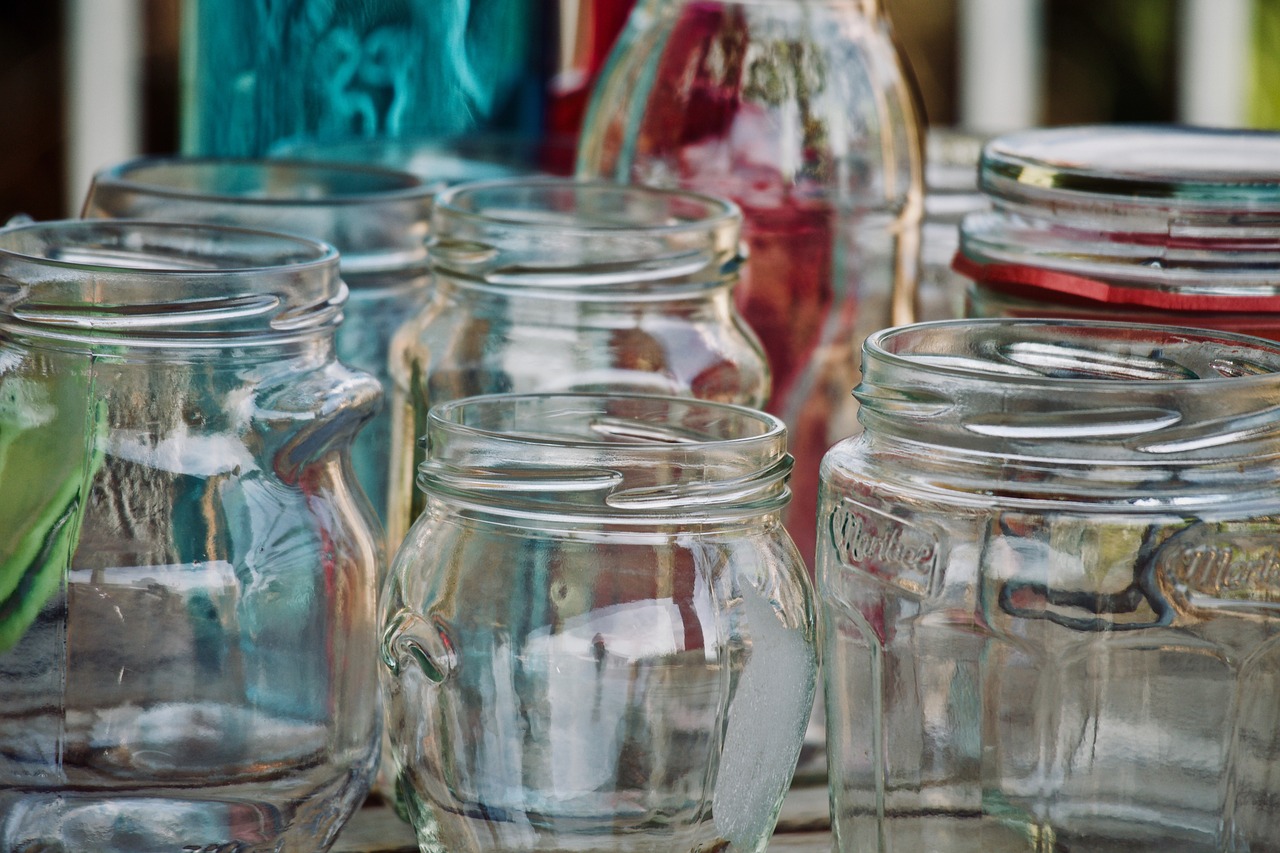Sublimation printing is a popular method for transferring vibrant, long-lasting designs onto various materials. While it's commonly used on fabrics, mugs, and other surfaces, glass is an often overlooked yet incredibly versatile medium for sublimation. In 2025, with advancements in technology and techniques, sublimation on glass is becoming more accessible to hobbyists and small businesses. However, achieving flawless results requires understanding the nuances of the process and the materials involved.
In this article, we'll guide you through the essential techniques for perfecting sublimation on glass in 2025, highlighting tips, tools, and methods to ensure stunning results every time.
What is Sublimation Printing on Glass?
Sublimation printing is a process where special sublimation inks are heated to a gas state and then infused into a polyester-based surface. The beauty of sublimation lies in its ability to create vibrant, full-color designs that are permanent and won’t peel or fade over time. This makes it perfect for high-quality, custom items such as personalized gifts, awards, and home décor.
For sublimation on glass, the process is slightly different from other materials like fabric. Glass itself is not naturally receptive to sublimation inks, which is why specific coatings are necessary to achieve good results. A sublimation-compatible coating is applied to the glass surface, allowing the ink to bond during the heat transfer process.
Materials Needed for Sublimation on Glass
To begin sublimating on glass, you’ll need the following materials:
- Sublimation Ink: Use high-quality sublimation inks specifically designed for the heat transfer process.
- Sublimation Paper: Transfer paper with high ink retention is essential for transferring your designs accurately onto the glass.
- Sublimation-Coated Glass: Make sure the glass is coated with a special polymer coating that allows the ink to bond. You can buy pre-coated glass blanks or apply the coating yourself.
- Heat Press Machine: A heat press that can handle glass is crucial for evenly distributing heat and pressure. Certain heat presses come with attachments for pressing glass or other hard surfaces.
- Protective Paper or Teflon Sheets: These protect the glass and prevent the sublimation ink from bleeding onto other surfaces.
- Tape: High-temperature tape ensures the sublimation paper stays in place during the pressing process.
Why Sublimate on Glass?
Sublimating on glass offers several benefits that make it an attractive option for personalizing items such as glass awards, drinkware, photo frames, and ornaments. Some key advantages include:
- Durability: Sublimation creates permanent prints that won’t peel, crack, or fade over time. This is especially important for items like awards and photo frames that are meant to last.
- Vibrant Colors: The colors produced through sublimation are vivid and full of detail. Unlike vinyl transfers, the sublimation ink bonds with the glass and doesn’t sit on top of it, creating a smooth, high-quality finish.
- Customization: Glass sublimation allows for a high level of customization, from personalized gifts to unique promotional products.
- Versatility: Glass can be used for a wide range of products, including coasters, mugs, glass tiles, mirrors, and more. This opens up many opportunities for creative projects.
Essential Techniques for Sublimation on Glass
Sublimating on glass requires more precision than sublimating on fabric or ceramics. Here are the key techniques and tips to ensure flawless results:
1. Prepare Your Design
Before starting the sublimation process, you’ll need to prepare your design using graphic design software like Adobe Photoshop or CorelDRAW. Make sure your design is sized appropriately for your glass surface, as resizing it after printing could distort the image.
- Resolution: Ensure that your design has a high resolution (300 dpi is recommended) to ensure sharp and clear results.
- Mirroring the Design: Always mirror your design before printing it on sublimation paper, as it will be flipped during the transfer process.
- Color Calibration: Sublimation inks can sometimes produce slightly different colors compared to what you see on screen, so it’s essential to calibrate your printer for accurate color reproduction.
2. Choose the Right Heat Press
Not all heat presses are suitable for sublimation on glass. A flatbed heat press can work, but for items like glass coasters, frames, and ornaments, you may need specialized attachments or a mug press. When selecting a heat press for glass, keep the following in mind:
- Temperature and Pressure Control: The heat press should allow you to precisely control the temperature and pressure, ensuring even heat distribution across the entire glass surface.
- Sublimation Attachments: For curved glass items or specific shapes, check whether the heat press includes attachments designed for those products.
For more details on how to select a heat press for sublimation, visit this article on choosing the right heat press.
3. Use Proper Pressure and Temperature
The correct temperature and pressure are critical for achieving high-quality sublimation prints on glass. Typically, the recommended temperature for sublimating on glass is around 400°F (204°C). The pressure should be firm but not too excessive, as too much pressure can cause the glass to crack or the coating to damage.
- Time: The standard press time for glass items is usually around 60 seconds, but this can vary depending on the thickness and size of the item.
- Test First: Always run a test print on a scrap piece of coated glass to ensure the settings are correct before committing to your final product.
4. Preheat the Glass
Preheating the glass before pressing is essential for getting even heat distribution. This helps to prevent thermal shock and ensures that the design transfers evenly. Simply place the glass in the heat press for a few seconds before applying the sublimation paper.
5. Secure the Transfer Paper
After aligning the printed sublimation paper on the glass, use heat-resistant tape to hold it in place. This prevents the paper from shifting during the heat transfer process, ensuring a crisp and sharp image. Make sure that the tape doesn’t touch the glass surface to avoid any unwanted marks.
6. Post-Processing
Once the sublimation process is complete, allow the glass to cool down naturally. Avoid touching the design until the item has cooled to prevent smudging. If you're working with larger pieces like glass panels, be sure to carefully inspect the print for any inconsistencies or areas where the heat may not have been properly applied.
Common Issues and How to Avoid Them
Even with the right equipment and technique, sublimating on glass can present challenges. Some common issues include:
- Fading or Inconsistent Transfers: This usually happens due to uneven heat distribution or pressure. Ensure your heat press is working optimally and that you're using the correct settings.
- Ink Bleeding: If your design isn't secured properly with tape, it could shift, causing ink to bleed outside the lines. Always double-check your alignment and use high-quality sublimation paper.
- Chipping or Cracking: Using too much pressure or working with poorly coated glass can result in damage. Avoid excessive pressure and choose glass that’s designed for sublimation.
Conclusion
Sublimation on glass can yield stunning, long-lasting designs when done correctly. With the right materials, tools, and techniques, you can achieve professional-quality prints that are perfect for personalized gifts, awards, and home décor items. While the process requires careful attention to detail, the results are worth it, and in 2025, sublimation on glass remains one of the most popular and effective ways to create custom products.
If you're new to sublimation or looking to expand your skills, investing in the right equipment and experimenting with different glass products will open up a world of creative possibilities.
References
- Sublimation Printing on Glass: A Complete Guide
- How to Sublimate on Glass: Tips for Beginners
- Choosing the Right Heat Press for Sublimation



Comments ()